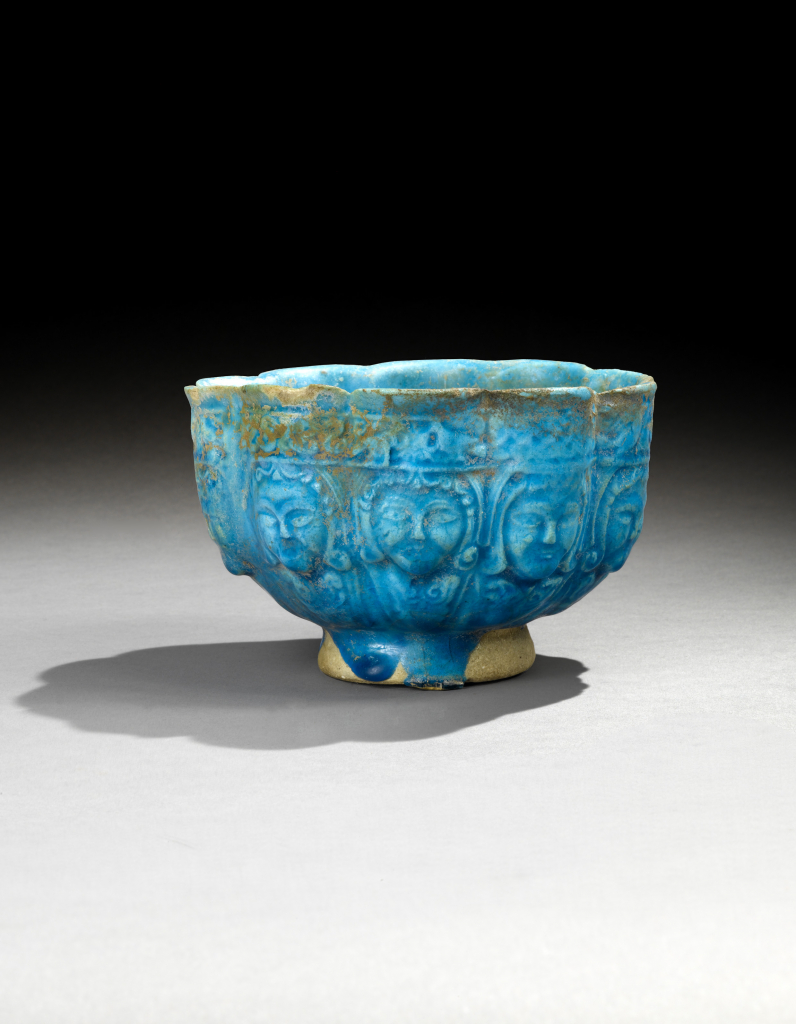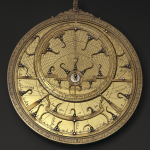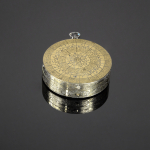Bowl with crowned human heads
‘Stone-paste’ pottery with moulded decoration under a transparent glaze
Seljuq Persia, probably Nishapur, 12th century
Diameter: 14.2 cm; Height: 9.2 cm
Published: Sara Kuehn, Central Asian & Islamic Textiles & Works of Art, London 2001, n° 17 p. 20
The characters delicately moulded on each of the ten lobes of the bowl are extremely refined: each face is individual and their fine features are hardly obscured by the turquoise glaze covering them. They are crowned by a pair of birds facing each other, alternating with platted ribbon motifs.
Two other bowls almost identical to this one are known to be in existence, one in the Khalili Collection (Ernst Grube, Cobalt and Lustre: The First Centuries of Islamic Pottery, the Nasser D. Khalili Collection of Islamic art, vol. IX, 1994, n° 172 p. 176) and the other in the Tareq Rajab museum in Kuwait (Géza Fehérvári, Ceramics of the Islamic world in the Tarek Rajab Museum, London & New York, 2000, n° 111 p. 101). Peter Morgan classifies them in group I of “moulded ceramics with a monochrome glaze” and attributes their likely provenance to Nishapur, based on the fact that a mould used in their manufacture was found on site, in the kilns (Peter Morgan, “Iranina stone-paste pottery of the Saljuq period; Types and Techniques”, in Grube, op. cit., 1994, p. 158). A half mould of this type, with several negative moulded faces, is also held in the Khalili Collection (Grube, op.cit., 1994, n° 175 p. 178) and a superb matrix of a bowl with ten lobes, believed to come from Ghazni in Afghanistan, is now held in the national museum of Kuwait (Oliver Watson, Ceramics from Islamic Lands, Kuwait National Museum, The al-Sabah Collection, London, 2004, n° Af.3 p. 140). On this matrix, used to manufacture negative moulds, one can admire the precision of the decoration where each decorative element (head, crown, palmette) is unique.
These faces in relief adorn other Iranian pieces from the pre-mongolian period, such as the front of a vessel shaped bowl in the Ashmolean Museum (Laure Soustiel & James Allan, “The problem of Saljuq Monochrome Wares”, in Islamic Art in the Ashmolean, Oxford Studies in Islamic art, Volume X, part two, Oxford, 1995, n° 13 p. 94) or the neck of a bottle in the Aga Khan Museum (Sophie Makariou (Ed.), Chefs d’oeuvres islamiques de l’Aga Khan Museum, exposition Paris, Musée du Louvre, 2007, n° 18 p. 64). The shape of these lobed bowls comes from the metalwork tradition, as illustrated by the example of a silver, parcel gilt bowl in the Keir Collection (Géza Fehérvári, Islamic Metalwork of the Eighth to the Fifteenth Century in the Keir Collection, London, 1976, n° 127, p. 102 and pl. G).





